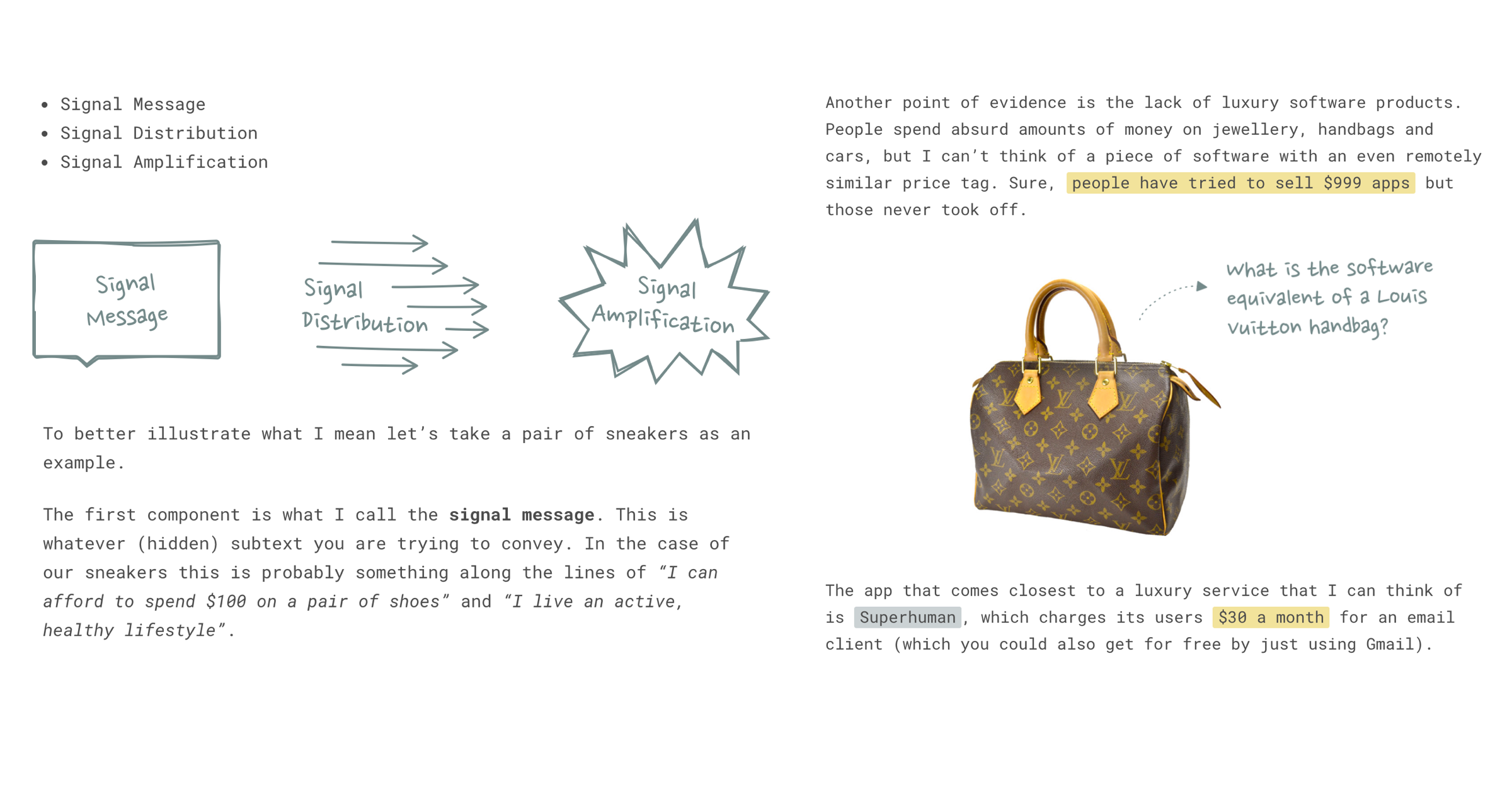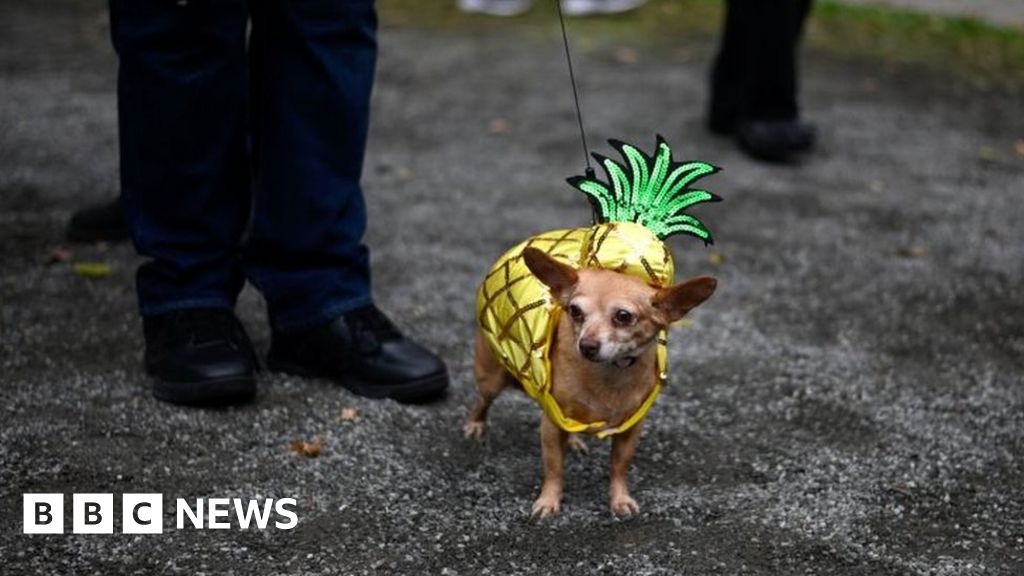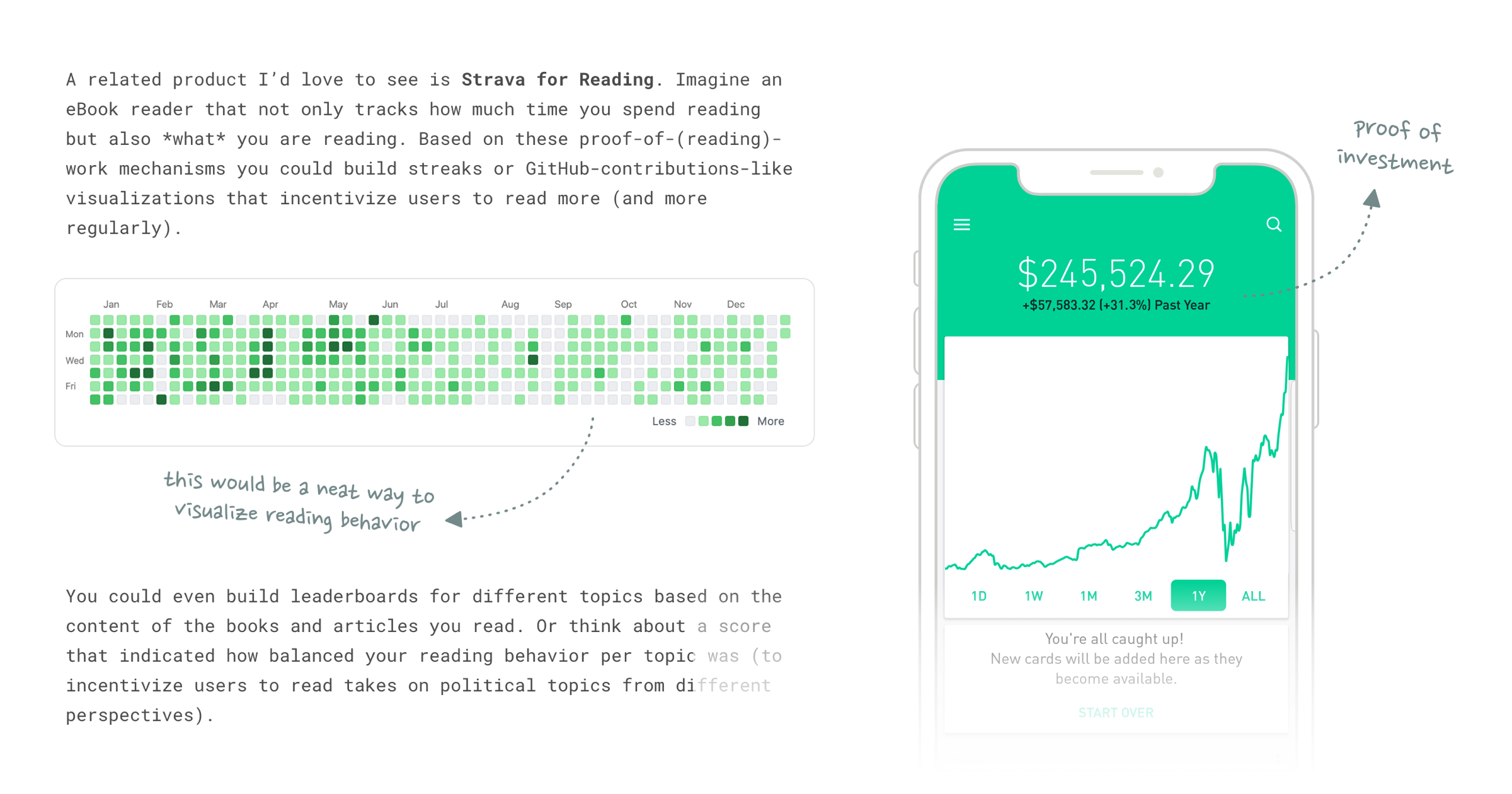signaling (behavior)
I thought for sure that I’d previously written about the secret jelly packet & pickle-based system that chefs at the Waffle House use to “store” all of the orders that come in for food during service, but I can’t find it in the a
01 Intro One of the best books I have read in the last few years is The Elephant in the Brain by Robin Hanson and Kevin Simler. The book makes two main arguments: a) Most of our everyday actions can be traced back to some form of signaling or status seeking b) Our brains deliberately hi
New research on consumer behavior shows that we tend to match some types of choices the people around us make, but not others.
For a couple of centuries, the British were in an unlikely frenzy for the exotic fruit.
How do false beliefs spread, and what are the consequences?
Smiles can be a way to dupe people because they’re easy to fake – but we’ve figured out which smiles can be trusted
The psychological quirks that make it tricky to get an accurate read on someone's emotions
I’ve spent a lot of time recently thinking about different proof-of-work mechanisms. When I say proof-of-work, I’m not talking about consensus algorithms like the ones that some crypto currencies use. I’m talking about social networks.
Many brands overshoot the subtleties of virtue signaling. They preach, posture, and alienate the people they’re trying to impress. We show how big companies can better bang their virtue drums. #brand #marketing #PR #business #SocialMedia #CX
The most commonly used introduction to signaling, promoted both by Robin Hanson and in The Art of Strategy, starts with college degrees. Suppose, the…









